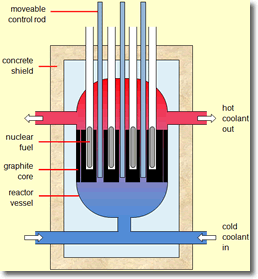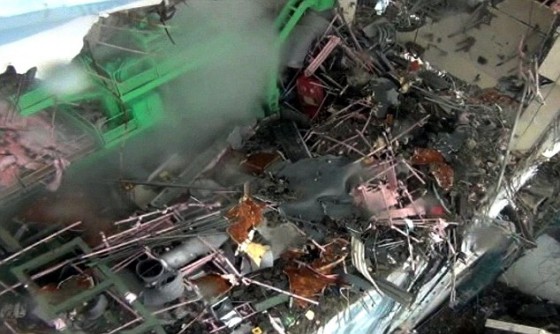


Ono said the Unit 2 melted fuel test removal will start from a granule or two, all of which will be sent for lab analysis, meaning a storage facility won't be necessary until larger amounts are hauled out. "Before, we didn't even know which way we were supposed to go." "It's like we have finally come to the starting line," Ono said. TEPCO Chief Decommissioning Officer Akira Ono said in a recent online interview that robotic probes at Unit 1 and 2 this year are a major "step forward" in the decades-long cleanup. Probes have moved ahead at Unit 2, where TEPCO plans to send in an extendable robotic arm later this year to collect melted fuel samples. The Japanese government and TEPCO officials say they plan to gradually start discharging the water in the spring 2023. The shaft is designed to store treated radioactive water to be diluted with seawater to releasable levels. Workers walk around a construction site for a planned shaft at the Fukushima Daiichi nuclear power plant, run by Tokyo Electric Power Company Holdings (TEPCO), in Futaba town, northeastern Japan, Thursday, March 3, 2022. It captured limited images of what are believed to be mounds of melted fuel rising from the concrete floor. In February, a remote-operated submersible robot entered the Unit 1 primary containment vessel, its first internal probe since a failed 2017 attempt. Probes of the melted fuel must rely on remote-controlled robots carrying equipment such as cameras and dosimeters-which measure radiation-because radiation levels in those areas are still fatally high for humans. The melted cores in Units 1, 2 and 3 largely fell to the bottom of their primary containment vessels, together with control rods and other equipment, some possibly penetrating or mixing with the concrete foundation, making the cleanup extremely difficult. Parts of the surrounding neighborhood are still uninhabitable. The spreading radiation caused some 160,000 residents to evacuate. Twenty-four of the country's 60 reactors are designated for decommissioning, mostly because of the high cost needed to meet safety standards set up in the wake of the Fukushima disaster. Japan has no final storage plans even for the highly radioactive waste that comes out of normal reactors. Nuclear Regulation Authority Chairman Toyoshi Fuketa said recently that extra time would be needed to determine where and how the highly radioactive waste removed from the reactors should be stored. The challenge of removing melted fuel from the reactors is so daunting that some experts now say that setting a completion target is impossible, especially as officials still don't have any idea about where to store the waste.

The government has set a decommissioning roadmap aiming for completion in 29 years. The government has announced plans to release the water after treatment and dilution to well below the legally releasable levels through a planned undersea tunnel at a site about 1 kilometer offshore. Men in hazmat suits work inside a facility with equipment to remove radioactive materials from contaminated water at the Fukushima Daiichi nuclear power plant, run by Tokyo Electric Power Company Holdings (TEPCO), in Okuma town, northeastern Japan, Thursday, March 3, 2022. Nearly 900 tons of melted nuclear fuel remain inside the three damaged reactors, and its removal is an unprecedented challenge involving 10 times the amount of damaged fuel removed in the Three Mile Island cleanup following its 1979 partial core melt. There's worry about the fuel because so much about its condition is still unknown, even to officials in charge of the cleanup. Workers were preparing for the planned construction of an Olympic pool-sized shaft for use in a highly controversial plan set to begin in the spring of 2023 to gradually get rid of treated radioactive water-now exceeding 1.3 million tons stored in 1,000 tanks-so officials can make room for other facilities needed for the plant's decommissioning.ĭespite the progress, massive amounts of radioactive melted fuel remain inside of the reactors. During a recent visit by journalists from The Associated Press to see firsthand the cleanup of one of the world's worst nuclear meltdowns, helmeted men wore regular work clothes and surgical masks, instead of previously required hazmat coveralls and full-face masks, as they dug near a recently reinforced oceanside seawall.


 0 kommentar(er)
0 kommentar(er)
